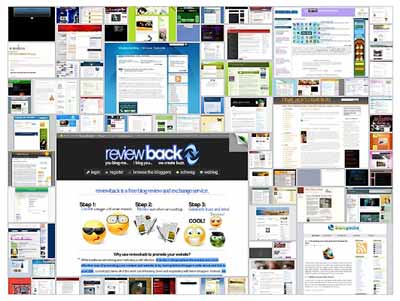Do You Understand What RSS Is?
RSS can have more than one meaning behind it. Usually, RSS stands for “really simple syndication” but it can also mean “rich site summary” or “RDF site summary”.
The meaning behind, ’RDF’ is resource description framework. That should help explaining the meaning associated with RSS, now let’s look at what it can do.
Exactly what is RSS in the realm of really simple syndication? It is a tool that allows sites to give a quick summary of important links and descriptions in XML format. This essentially allows them to syndicate their content by allowing other blog owners and webmasters to use this summary as part of a list of summaries on a specific topic.
Webmasters and blogmasters will gather a number of these summaries using a feed aggregator or feed reader. Rather than asking, “what is RSS”, this tool will ask “where is RSS” and then find it.
The aggregator tool will locate RSS feeds and collect them from various sites such as, Yahoo and MSN, and will select smaller sites like a personal blog or a news sites.
The blogmasters and webmasters then take the script generated from the aggregator and insert it into their blogs. The RSS feed is then created in this way and will automatically start pulling news items and blog posts each time they come up. Whenever the blog or site page is refreshed, it will display the latest items.
Taking advantage of this tool is good for two reasons. By using your own RSS feed, you will be able to have your content distributed across the internet without having to pay each time you submit a press release, or contact other blog owners and webmasters.
If you have your own personal blog page, then by using an RSS feed you can add fresh content to it much easier and faster. This will allow you to constantly put new content links and summaries on your blog without spending the time to hunt around for related information. You just need to choose a feed aggregator to select the potential feeds you can use and these can be found on a list of news sites and authority blogs. Plus, you can create your own custom feeds by adding any of your own selections that you find.
Do you now understand the basics behind RSS? Simply put, using RSS is a very easy way to generate traffic to your blog and to display additional summaries you find on other blogs.
